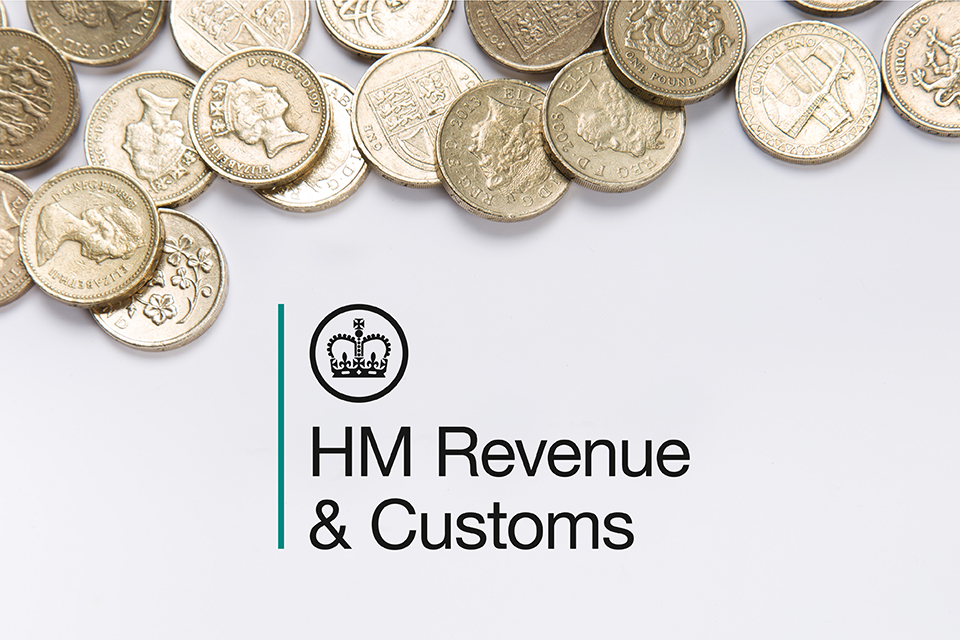Every company in the UK is structured to a particular business model. Because each one has different legal responsibilities and tax implications, it’s a crucial decision to get right.
The majority of SME business owners narrow down the options to two main company types – sole trader or limited company. Here’s a basic run through of their differences, although legal advice should be sought if you’re still unsure.
Business Model
As a sole trader, you effectively are the business. This means any after-tax profit is wholly yours, although business debt is your personal liability too. It’s the easiest structure to establish, both in terms of cost and legal requirements, and typically used by tradesmen or freelance workers.
A limited company is a separate legal entity. As income is put through the company, you’re effectively paid as an employee. Ownership is limited by shares (hence the name) and so personal assets are protected. Unlike a sole trader, you have to register with Companies House and have various other legal responsibilities to adhere to.
Tax
Sole traders are entitled to a personal allowance. This is the amount before tax is paid, currently set at £11,500. Income above this is taxed depending on your taxpayer rate. You’ll also be required to pay National Insurance if you’re self-employed, at class 2 and class 4 depending on your income.
All limited companies must pay corporation tax on taxable profits. Rates differ depending on your circumstances but are generally based at 20%. This is set to be lowered to 17% in 2020. There are also tax requirements once a salary or dividends are withdrawn, as well as a possible capital gains tax.
Both business models must register for VAT if their annual turnover is over £85,000. Likewise, if you employ staff, there are further payroll and National Insurance Contributions to make.
Appearance
A limited company promotes a professional appearance, often favoured by clients and other businesses. In fact, some parties won’t work with sole traders because they don’t have the same professional standing or legal protection.
However, one advantage for sole traders is that private company details don’t have to be displayed online. All limited companies and their business information will be published on the Companies House website. Many entrepreneurs don’t welcome this level of transparency.

Responsibilities
Sole traders have less formal requirements when setting up. All that’s needed is to inform the HMRC and you’re free to begin trading. On the other hand, limited companies have various legal and statutory obligations to deal with. These are often classed as the Director’s Fiduciary Responsibilities which can be complex depending on the business type.
There are various other differences between a sole trader and limited company, such as acquiring funding, pensions, insolvency and selling the business, but much depends on your personal circumstances. This is why professional accountancy advice is highly recommended, helping you decide on the best business structure for your bespoke requirements.
Although the decision is usually made at the start-up phase, also bear in mind that companies can still switch their business model once established. We can also advise on this at Neil Smith Accountancy.
For a chat or some advice about your business structure, get in touch.
If you’re setting up a company, you might be interested in 3 Ways to Dramatically Reduce Your Corporation Tax.


